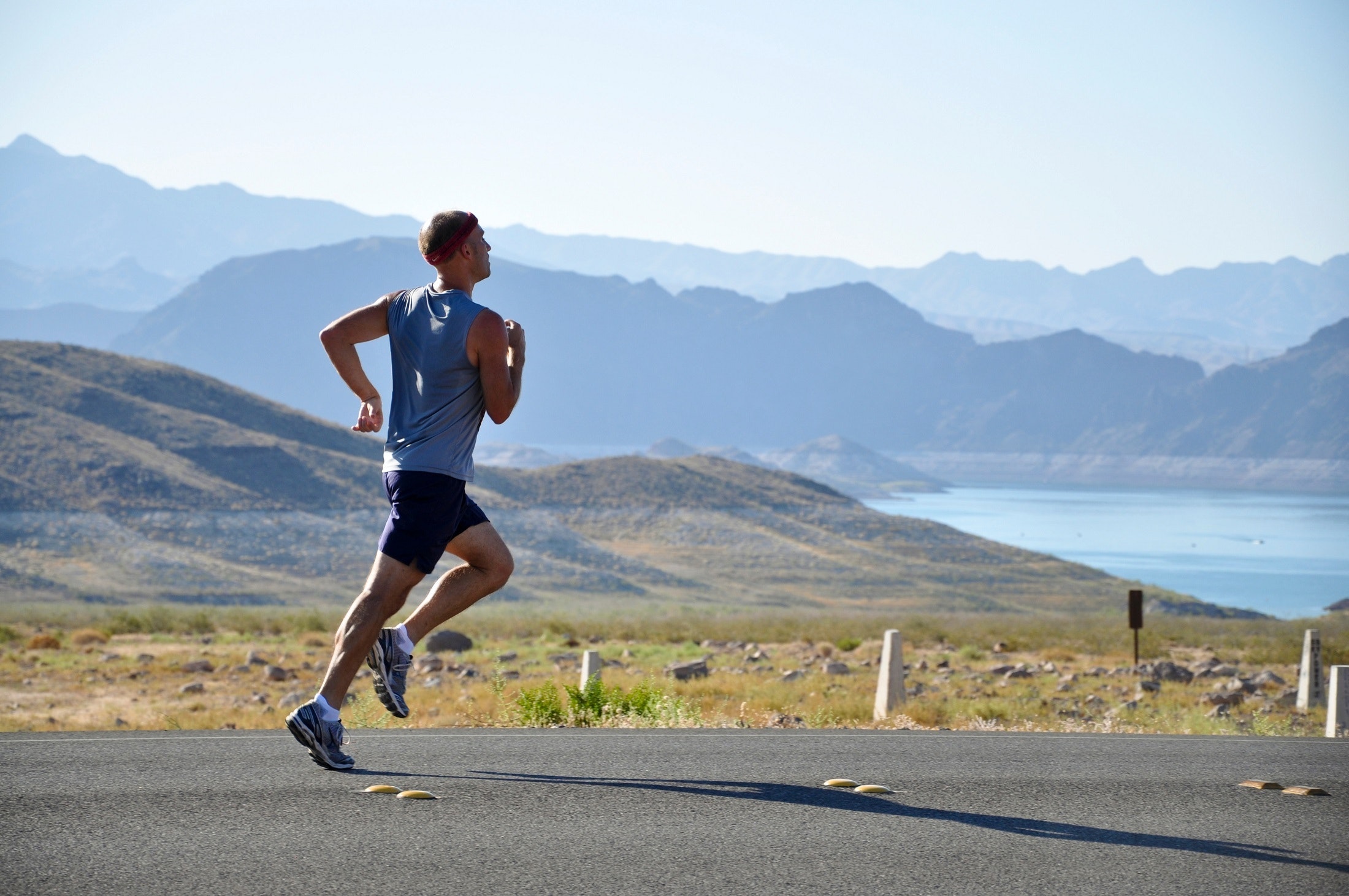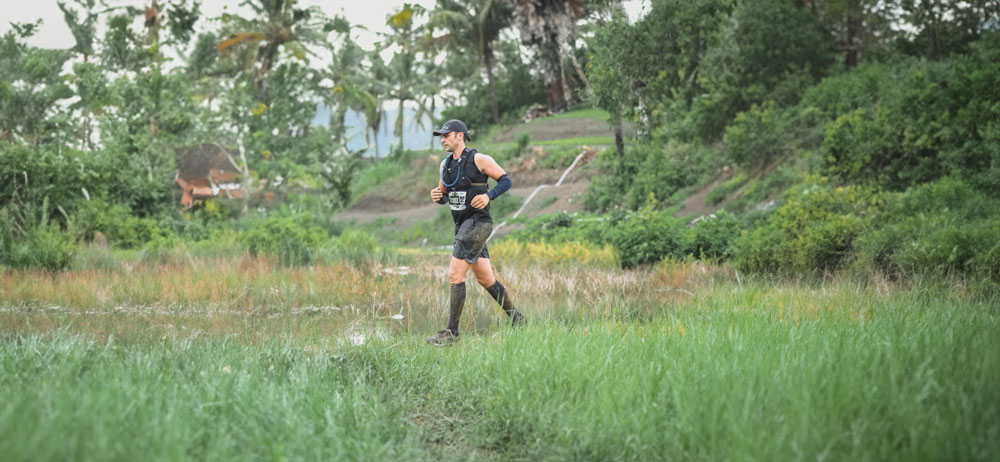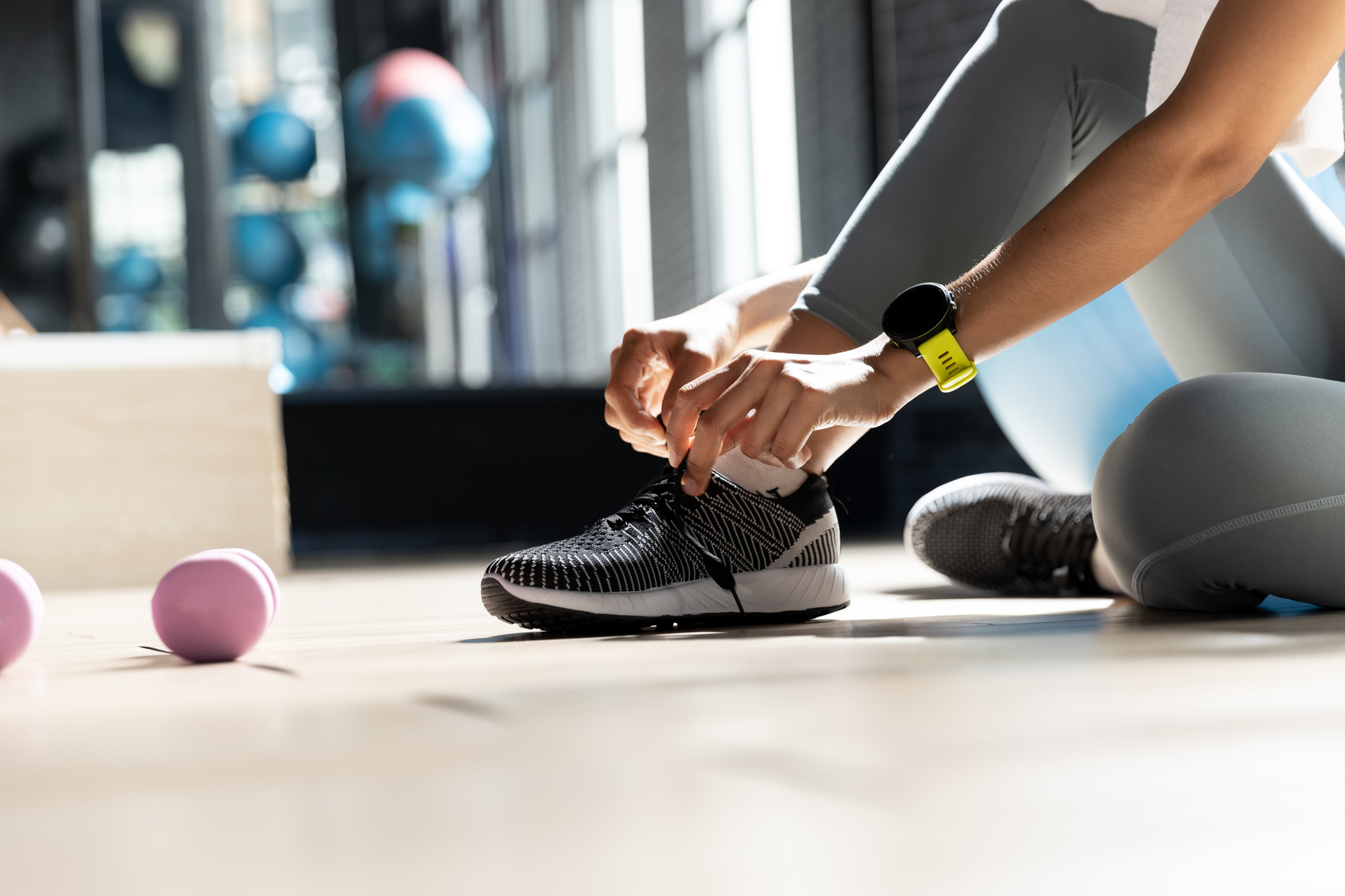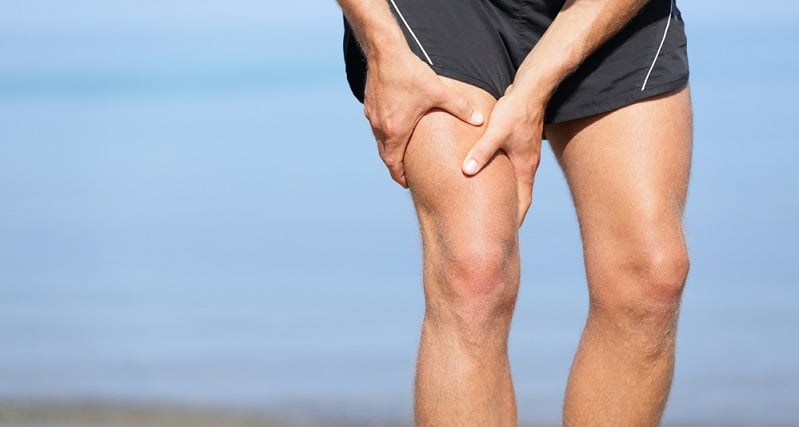Winter brings a long-desired break after challenging months of studying. It is so important for students to recharge their batteries and maybe change the scenery. At least for some time. This would help to meet the new semester in a much better mood!
We can all agree that the dream of a modern student is not only to have a comfortable and fun vacation but also to spend the smallest possible amount of money at the same time. And we can confidently confirm that it is achievable.
However, it will be necessary to allocate some time to plan the smallest details of the trip, to optimize costs, etc. But where can you find this time when you are constantly overwhelmed with different assignments? So, you may be thinking now, “can I just pay someone to write my paper?”. Yes, you can. There are many professional services that will get your papers ready in no time. So you can relax a little and plan your perfect winter trip.
Now it’s time to check some tips to make your winter holiday trip unforgettable and stay on budget.
Plan Your Vacation In Advance
“A pre-planned trip is peace of mind for your wallet,” a true travel expert will tell you. Have you decided on the desired destination for your vacation? Then it’s time to find fellow travelers who will share fuel costs with you, as well as book a good apartment or house in advance.
Use Your Student Card
Just in case, take your student card with you. Sometimes, it comes in handy. For example, local transport providers and museums often offer student discounts. Try to find information about additional opportunities for students in advance.
Choose Weekdays For Your Trip
On weekends and holidays, tourist cities experience a real boom. If you have the opportunity to go on a trip on weekdays, do it. Or choose one of the remote corners of the US, like Oregon, Montana, etc. Such places will surprise you with breathtaking winter magic.
Organize Your Own Tour
Everyone knows that excursions, especially sightseeing tours, are not cheap. If you can’t afford such a pleasure, you can visit a local tourist information center or use a travel guide.
Popular mobile applications, for example, Google Maps and Tripadvisor, will help you find your way around the area and suggest popular places.
Off-Season Is Cheaper
Travel off-season, it will save your budget at least twice. For example, you do not necessarily need to see the mountains in winter, and even more so — during the opening season of winter resorts. But if you are actually dreaming about skiing, pick one of the ski resorts that are affordable for students. Your wallet will be thankful.
Additional guide – Here’s how to breathe when running in the cold
Do Not Take Anything Extra If You Plan To Go Backpacking
There is no worse feeling than carrying a load on your shoulders when you are trying to enjoy your trip. If you decide to travel in winter, pack things that do not let the cold through. They will be indispensable. Warm shoes, a jacket, and several pairs of socks.
It’s always a good idea to have moisturizers or products to help keep your skin in good condition. The main thing is to put on warm sweaters and a jacket and pack things that take up less space in a backpack or suitcase.
If you are going to travel by plane, be sure to read the baggage allowance before the trip, as each airline has restrictions. Most often, such information appears on official websites, and when buying tickets, they always inform about changes.
Take Something To Eat On The Go
We all love to grab a bite to eat when we travel somewhere, right? Especially if you are going on a road trip with friends. Take care of a small “ration” with sandwiches, nuts, or crackers. They will be especially useful if there is no suitable cafe or grocery store nearby and will help you to save some money.
Eat Wisely
Try renting an apartment with a kitchen where you can prepare your own meals. And you will get extra pleasure from trips to local food markets: communication with local residents, and a sense of local culture and traditions (especially if you are in a city that is not at all like yours).
Be Frugal, But Don’t Forget To Indulge
You don’t have to blow $50 on every meal. But do care to get a taste of the local cuisine. It might cost a bit more than fast food, but you can’t skip on the experience
Tourist restaurants are not what you need if you plan to learn more about the city you are visiting. Find inexpensive home-style cafes where locals eat lunch or breakfast. This will not only help you save money but also taste real traditional cuisine, and see how the locals spend their time.
Street food also is becoming more and more popular, but here you need to be careful and find out about tested places in advance.
CouchSurfing
Another vacation budget-busting option for travelers is CouchSurfing. It is one of the largest global hospitality networks implemented as an online service. It unites more than 2 million people in 238 countries.
Members share free accommodation with each other during their travels, organize joint trips, and develop cultural exchange. Using such a service will not only allow you to save money but also let you immerse in the cultural life of the local population.
Communicate In The Local Language If You Are Going Abroad
You might be worried that you’ll mumble some words and the locals will criticize you for it, but in reality, the exact opposite is true. People like the fact that foreigners try to speak their native language and understand their culture. They will treat you with special warmth, no matter how terrible your accent is.
Additional resource – How to choose running gloves
Travel With A Friend
You will have memories that belong only to the two of you and which you can share long after the trip is over. In addition, it is beneficial in financial terms: because you will share the costs of housing, food, and other things. And you have every chance to get as close as possible and remain good friends for life.
Plan Carefully, But Leave Space For An Adventure
When you’re traveling, it’s always nice to know where you’ll be spending the next day. But on the other hand, spontaneity is the most beautiful thing about traveling. When you arrive in a new place, just get a map and ask the locals about the sights. Then rely on fate.
Make New Acquaintances
When you look back on your travels, your best memories will be not of the places you saw but of the people you met. Take the time to make friends with other travelers or locals.
Wrapping Up
At least once in our lives, each of us aspired to make a great unforgettable trip which would be nice to remember for the rest of our lives. Often there is a lack of time, money, or the necessary moment to make this dream come true. So people postpone their dreams again and again.
We hope that our tips from this article will convince you that it is possible to travel even on a minimal budget. So grab your backpack and take a step toward your winter adventure.
Author’s Bio:
Caitlyn Gardner is a Marketing Analyst whose expertise lies in data visualization. However, her passions in life don’t revolve only around her job. She likes mountain climbing and traveling. Caitlyn also dabbles in psychology which helps her maintain a positive outlook on life.












